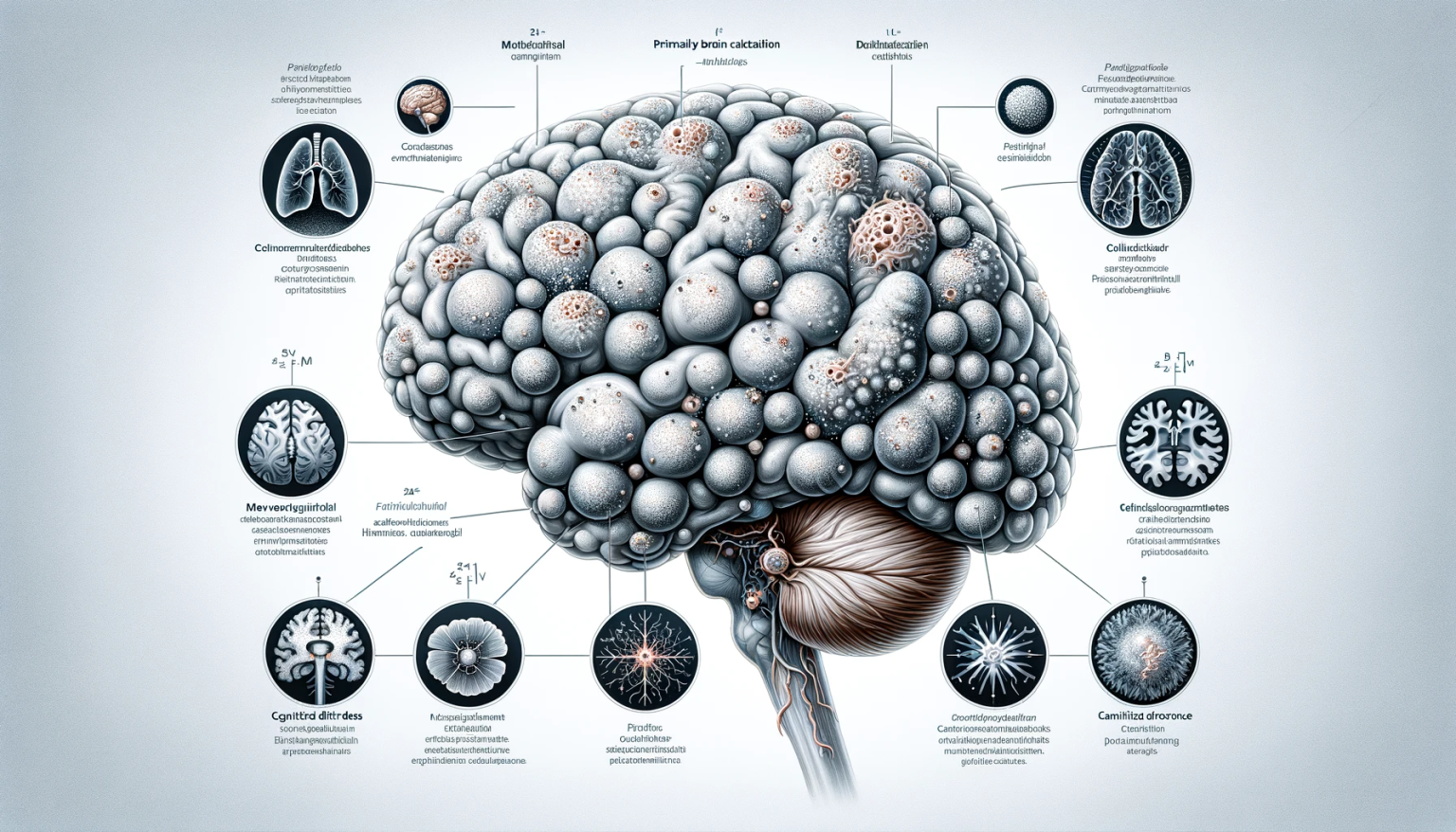 Abstract: Bilateral trigeminal neuralgia (BTN), a rare and complex clinical entity, presents a diagnostic challenge due to its overlapping symptomatology with various craniofacial pain syndromes. This article delves into the intricacies of differentiating BTN from other potential diagnoses, highlighting the importance of meticulous clinical assessment and advanced diagnostic modalities.
Abstract: Bilateral trigeminal neuralgia (BTN), a rare and complex clinical entity, presents a diagnostic challenge due to its overlapping symptomatology with various craniofacial pain syndromes. This article delves into the intricacies of differentiating BTN from other potential diagnoses, highlighting the importance of meticulous clinical assessment and advanced diagnostic modalities.
Introduction: Trigeminal neuralgia (TN), typically unilateral, is characterized by severe, episodic facial pain. The bilateral presentation, although uncommon, raises clinical suspicion for secondary causes. Accurate differential diagnosis is critical, as the underlying etiologies vary from vascular compressions to systemic diseases and require distinct management strategies.
Pathophysiology: TN is primarily attributed to vascular compression of the trigeminal nerve root. However, bilateral cases necessitate consideration of systemic causes such as multiple sclerosis (MS), or less commonly, tumor-related compressions or demyelinating disorders. Understanding the pathophysiological mechanisms underlying these conditions is pivotal in guiding the diagnostic process.
Clinical Evaluation: A thorough clinical history and examination are paramount. BTN often presents with symmetrical or alternating facial pain, lacking the refractory period seen in classic TN. Assessing for associated neurological deficits, systemic symptoms, and triggers is crucial in narrowing down differential diagnoses.
Advanced Imaging Techniques: High-resolution MRI is the cornerstone in evaluating BTN. It aids in identifying neurovascular conflicts, demyelinating plaques indicative of MS, or other structural abnormalities. Additional imaging modalities like Magnetic Resonance Angiography (MRA) can provide further insights into vascular anomalies.
Consideration of Systemic Disorders: Systemic diseases such as MS, sarcoidosis, and Lyme disease can present with BTN. Evaluating for signs of systemic involvement, alongside appropriate laboratory investigations, is essential in these scenarios. Lumbar puncture and serological tests can be instrumental in confirming these diagnoses.
Role of Neurophysiological Studies: Electrophysiological testing, including trigeminal reflexes and somatosensory evoked potentials, can differentiate BTN from other facial pain syndromes. These tests assess the functional integrity of the trigeminal pathways, providing valuable diagnostic information.







